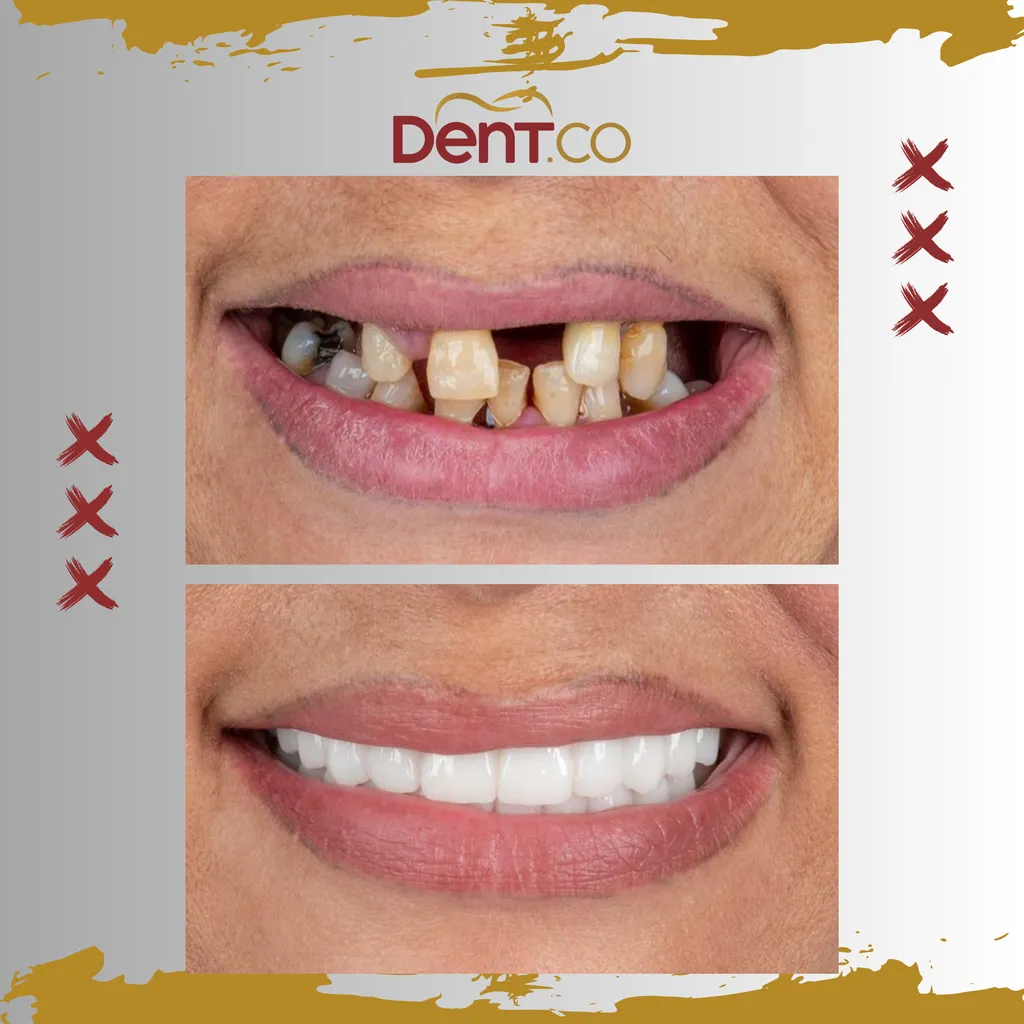In the ever-evolving world of dental restorations, a recent study published in *Materials Research Express* (translated from Turkish as “Materials Research Express”) sheds light on how different modeling liquids (MLs) can significantly impact the performance and appearance of resin-based composites (RBCs). Led by Ahmed Alshawi from the Istanbul University Faculty of Dentistry, the research delves into the intricate dance between materials and liquids, offering insights that could reshape clinical practices and patient expectations.
The study, conducted with meticulous attention to detail, explored the effects of six different modeling liquids on two popular RBCs: GC Essentia Universal and Enamel Plus Hri. Over a span of 12 months, Alshawi and his team measured changes in Vickers microhardness, flexural strength, and color stability. The findings are both enlightening and practical.
“One of the most striking observations was the overall decrease in microhardness for both RBCs after 12 months,” Alshawi noted. “GC Essentia showed a more significant decrease, which could have implications for the longevity of restorations using this material.” This decline in microhardness suggests that the mechanical properties of RBCs may degrade over time, potentially affecting their durability and performance in the mouth.
However, the story doesn’t end with microhardness. The study also revealed that flexural strength remained stable, indicating that while the surface hardness might diminish, the overall structural integrity of the RBCs stays intact. This duality presents a nuanced picture of how these materials behave over time, offering a balanced perspective for clinicians and researchers alike.
Perhaps the most compelling aspect of the study is its exploration of color stability. The results showed that the most significant color changes occurred within the first three months, particularly when Enamel Plus Hri was combined with specific MLs. “The period from 0 to 3 months proved to be critical for color degradation,” Alshawi explained. This finding underscores the importance of managing patient expectations regarding potential color instability during the initial post-operative period.
From a commercial standpoint, these insights could influence the development of new RBCs and MLs that are more resistant to color changes and mechanical degradation. Manufacturers might focus on enhancing the initial stability of these materials, ensuring that they maintain their aesthetic appeal and mechanical integrity over time. Additionally, clinicians could use these findings to better advise their patients, scheduling follow-ups to monitor esthetic outcomes and address any concerns promptly.
As the field of dental restorations continues to evolve, studies like Alshawi’s serve as a beacon, guiding researchers, clinicians, and manufacturers toward more effective and patient-friendly solutions. The research, published in *Materials Research Express*, not only highlights the complexities of material science but also offers a roadmap for future developments in the industry. In the quest for better dental restorations, understanding the interplay between materials and liquids is a crucial step forward.

